Top 5 Books to Study Real-Time Data Systems
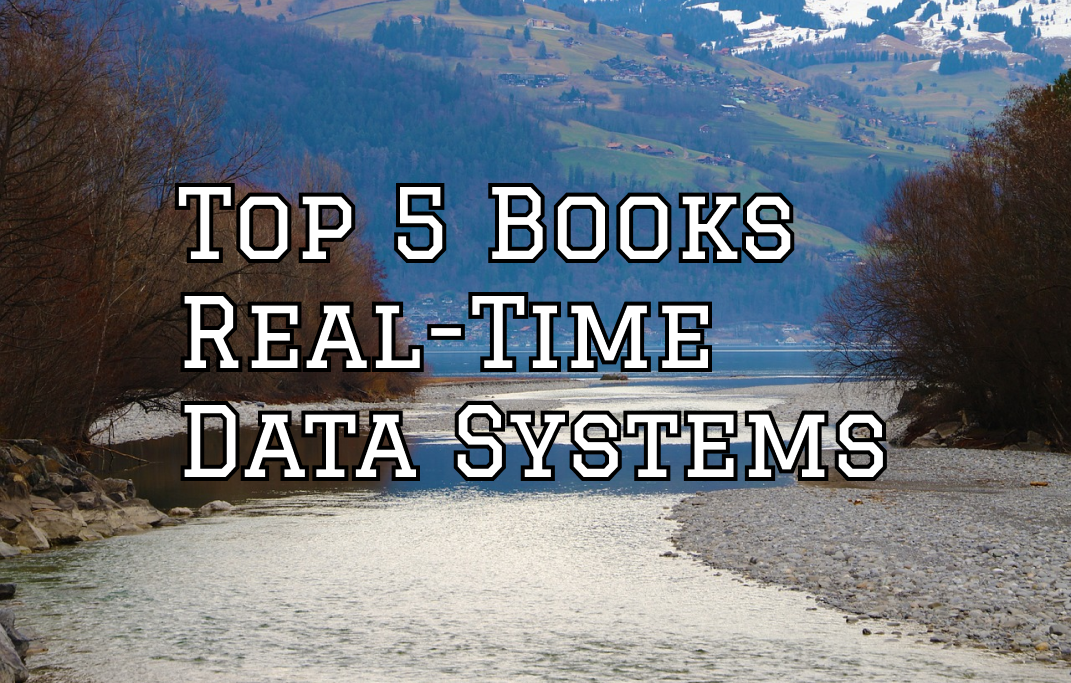
As we all know books offer in-depth knowledge and insights that are often unmatched, providing foundational understanding as well as advanced techniques.
This is particularly true when diving into the complex world of real-time streaming systems. These systems, essential for processing massive amounts of data with minimal latency, are the backbone of many modern applications, from financial trading platforms to social media feeds.
The issue is, there are just way too many of them!
For those looking to really master real-time data systems, here are five must-read books, each offering unique perspectives and invaluable lessons.
These books are not in order, go read all of them!
Big Data: Principles and Best Practices of Scalable Realtime Data System
Nathan Marz and James Warren

This book introduces the Lambda Architecture, a concept designed to handle massive quantities of data by taking advantage of both batch-processing and real-time processing methods. It walks readers through the principles and practices necessary to build scalable and maintainable data systems.
Nathan Marz, the creator of Apache Storm, brings firsthand experience and practical insights. The book's step-by-step approach makes complex concepts accessible, making it an essential read for anyone looking to build robust big data systems.
Streaming Data: Understanding the Real-Time Pipeline
Andrew G. Psaltis
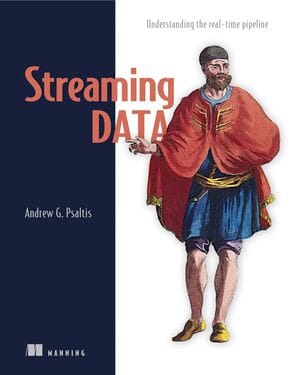
Psaltis’ book delves into the world of real-time data pipelines, exploring how data can be ingested, processed, and analyzed in real time. It covers various technologies and frameworks, including Apache Kafka, Apache Flink, and Apache Beam.
This book is particularly useful for those looking to understand the practical implementation of streaming data solutions. It provides a balanced mix of theory and hands-on examples, making it ideal for both beginners and seasoned professionals.
Grokking Streaming Systems
Josh Fischer and Ning Wang
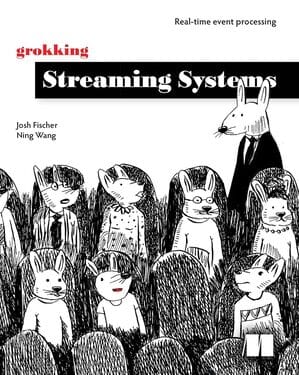
This book takes a unique approach by using visual explanations and real-world analogies to explain the core concepts of streaming systems. It covers the fundamental principles and the architecture of streaming systems in a way that is both engaging and easy to understand.
The visual and analogy-based approach demystifies complex topics, making it a great resource for those new to the field or those looking to solidify their understanding of key concepts.
Designing Data-Intensive Applications
Martin Kleppmann
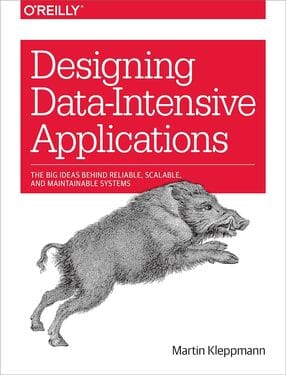
Kleppmann’s book is a comprehensive guide to building reliable, scalable, and maintainable data systems. It covers everything from data modeling and storage to stream processing and distributed systems.
This book is widely regarded as a bible for data engineers. Its depth and breadth of coverage, combined with clear explanations and practical advice, make it indispensable for anyone working with data at scale.
Streaming Systems: The What, Where, When, and How of Large-Scale Data Processing
Tyler Akidau, Slava Chernyak, and Reuven Lax
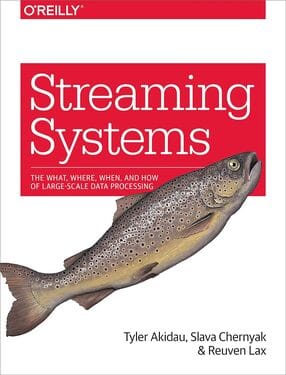
Written by engineers from Google, this book provides a thorough exploration of the principles and practices of streaming systems. It discusses the theoretical underpinnings as well as practical aspects, with a focus on the challenges and solutions in large-scale streaming.
The authors’ extensive experience at Google lends authority to the book. It’s a detailed and insightful resource that covers both the theoretical foundations and practical implementations of streaming systems.
Bonus: Simplifying Real-Time Streaming with Estuary Flow

While these books provide a deep dive into the world of real-time streaming systems, the complexity can still be overwhelming. This is where a platform like Estuary Flow comes into play. Estuary Flow is a leading SaaS platform designed to simplify the management of real-time data streams. It offers:
- Ease of Use: Intuitive interfaces and tools that abstract away the underlying complexities of real-time streaming CDC data flows.
- Scalability: Seamless scaling to handle varying data loads without compromising performance.
- Integration: Compatibility with a wide range of data sources and destinations, ensuring smooth data flow.
- Reliability: Robust infrastructure that ensures data integrity and minimal downtime.
Estuary Flow effectively takes the heavy lifting out of setting up and managing streaming systems, allowing you to focus on leveraging the power of real-time data without getting bogged down by technical details.
In conclusion, it's no surprise that reading remains a powerful way to master the complexities of real-time streaming systems, and these five books are an excellent starting point. Coupled with a powerful tool like Flow, you can navigate the challenges of real-time data processing with confidence and ease.
Member discussion